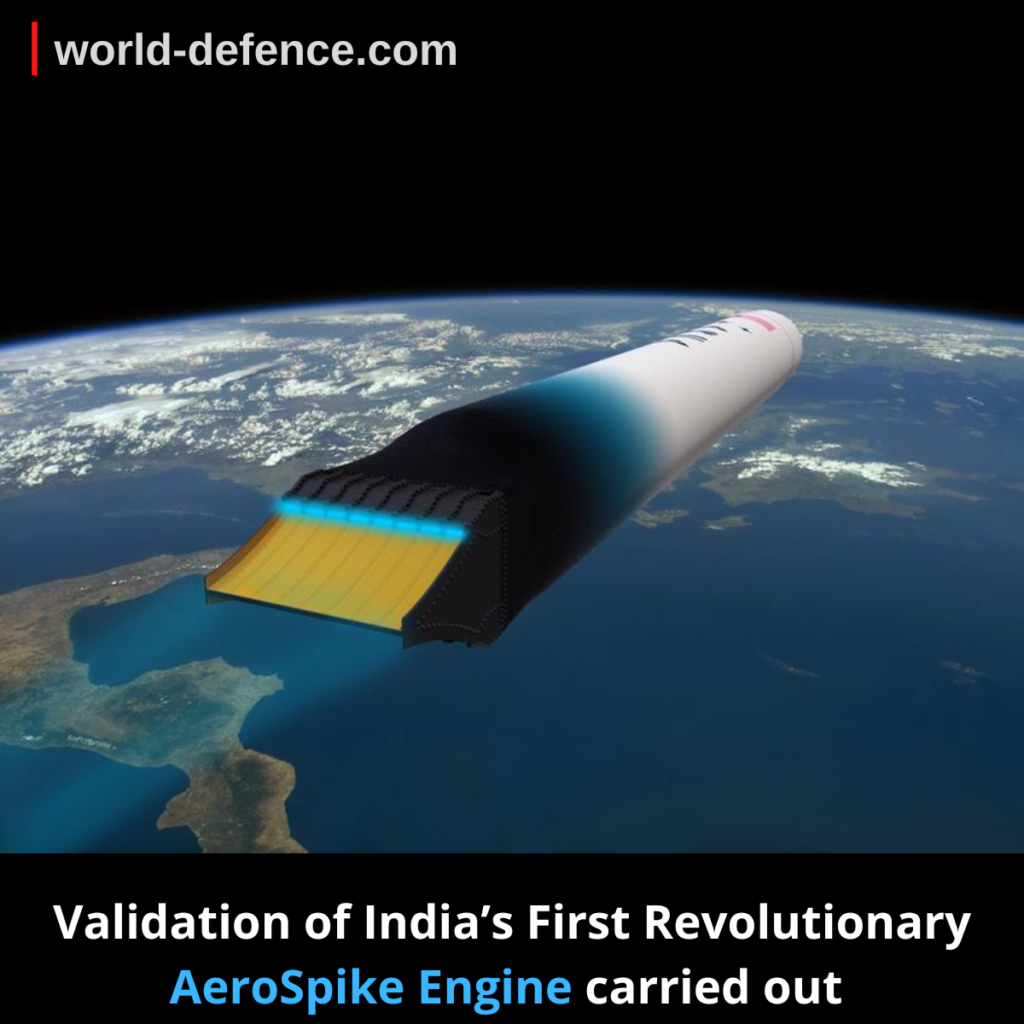Spacefields Private Limited revealed India first AeroSpike Engine and confirmed that it carried out Cold flow testing at Propulsion facility in Aerospace department, Indian Institute of Science in Bangalore to validate shock wave profiles and structural integrity of the propulsion system.
Aerospike nozzles are designed to be altitude compensating i.e. they can have maximum efficiency and thrust at ground pressure as well as in the higher atmosphere: a unique capability that allows for a huge increase in efficiency with respect to currently used bell nozzles.
First-stage engines perform best at sea level but are inefficient at higher altitudes or in space, necessitating the use of different engines for each stage of flight.
READ MORE: Indian Navy Plans to shift away from Ukrainian gas turbine engines
The aerospike engine is unique in that it works by cutting the bell of a rocket engine, which directs the exhaust of a rocket engine in one direction, in half and then joining the two halves to form a tapering spike.
As a result, the air acts as the missing half of the rocket bell, containing the hot gases as they exit the combustion chamber.
The thinner air holds the gases less tightly and they spread out more as the rocket flies higher, as if the rocket bell has gradually grown larger.
READ MORE: Modi will open a new helicopter factory in Karnataka.
This enables the aerospike engine to automatically adjust itself in flight, transforming it from a low-altitude engine to one with virtually unlimited expansion ratios.

